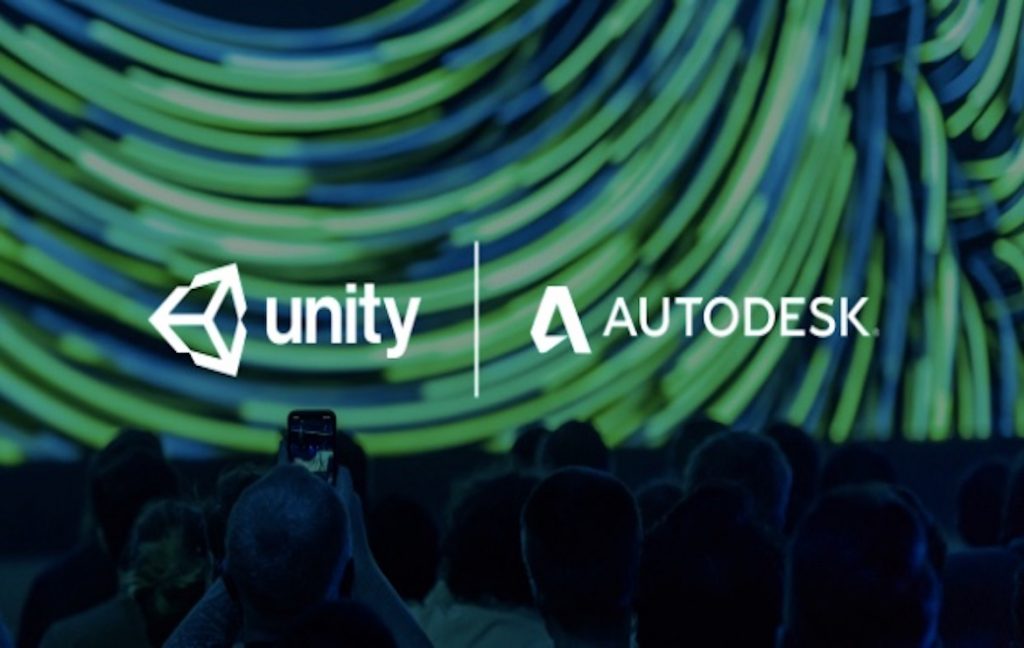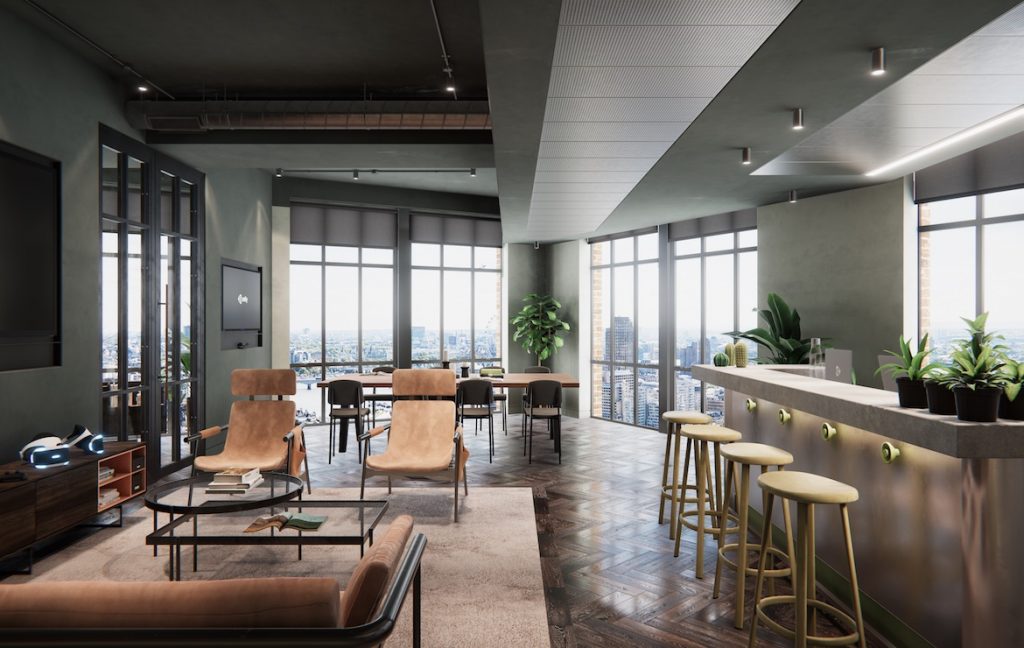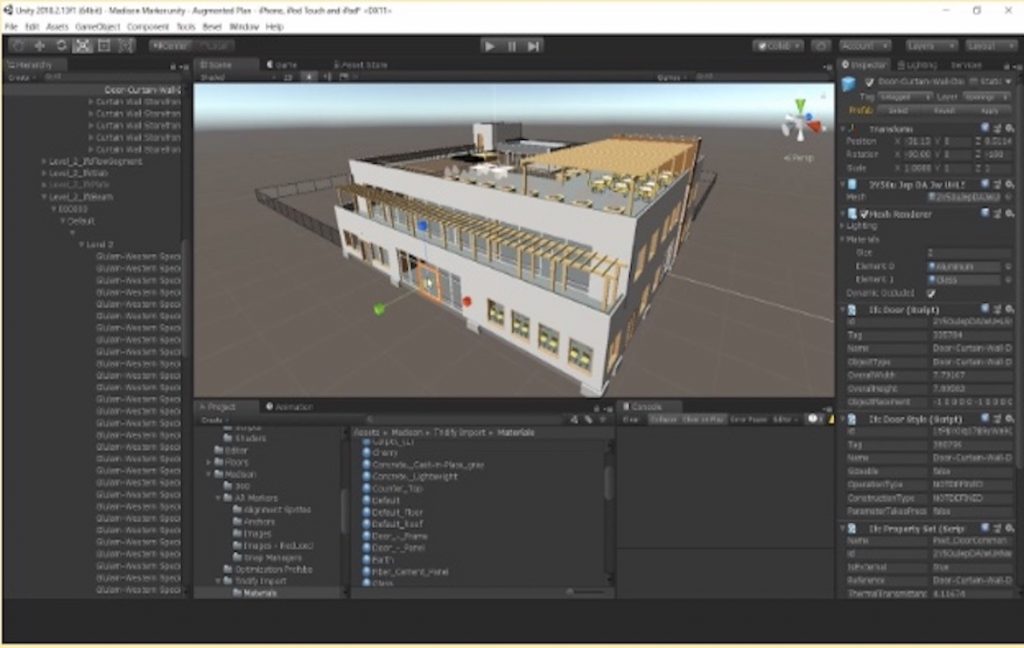

Architectural design of Unity’s London office, made with Unity and Autodesk 3ds Max
- Revit: Users can turn Revit models into immersive experiences with just one click. This allows architects to explore, understand, and share designs with stakeholders in a fully interactive 3D environment. By identifying and correcting errors early, they can save time and money during the construction phase.

Importing BIM data into Unity
- VRED: The Unity-VRED integration connects the automotive industry, helping professionals make quicker, more informed decisions. It enables the reuse of high-fidelity VRED data for marketing, sales, and training applications, accelerating time-to-market and improving product development.
- Shotgun: A new integrated solution between Autodesk and Unity will simplify asset management for film, TV, and game studios. Artists can focus on creativity while Shotgun handles the complexity of managing multiple file types. Real-time feedback on lighting, camera angles, and assets makes collaboration smoother and more efficient.
Inert Gas Protected Air Classifier,Inert Gas Air Classifier,Nitrogen Protected Classifier,Inert Gas Air Separator
Mianyang Liuneng Powder Equipment Co., Ltd , https://www.lnpepowder.com
